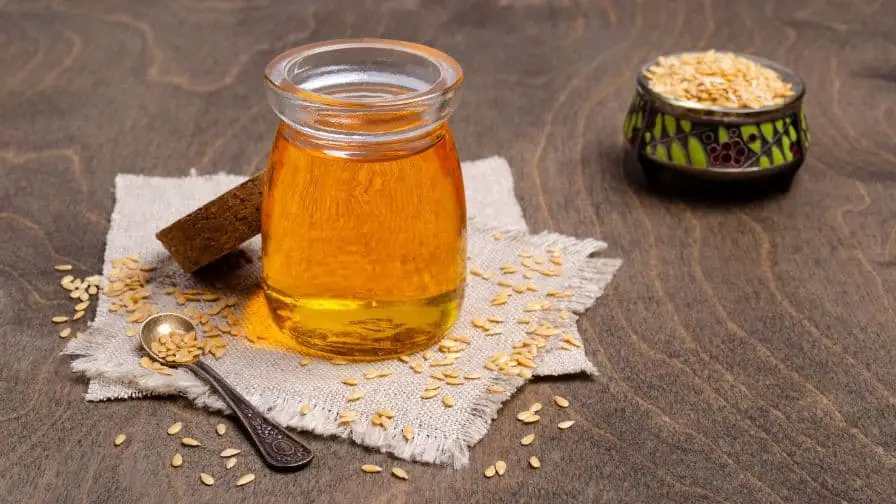
Wood finishes come in a variety of options. Two of the most popular types of finishes are Danish oil and linseed oil. But which one is better? In this blog post, we will compare these two types of oil finishes and help you decide which one is right for you!
Table of Contents
Which Is Better Danish Oil Or Linseed Oil?
Danish oil has a faster drying time, making it ideal for indoor and outdoor use. It also forms a hard coating that helps protect against mold growth and UV damage.
Linseed oil is less expensive and provides similar protection against mold and UV damage. However, it takes longer to dry, so it’s not ideal for quick projects.
Overall, Danish oil is the better choice for most people. It’s more expensive, but the faster drying time and harder coating make it worth the extra cost.
What Is Danish Oil And What Is It Used For?
Danish oil is a type of hardening oil used to protect the wood from water damage, stains, and mold growth. It is also used to protect indoor and outdoor wood furniture from UV damage. Danish oil dries quickly, making it ideal for use on busy surfaces like countertops and tabletops.
What Is Linseed Oil And What Is It Used For?
Subscribe to Tropics of AZ
Linseed oil is a natural product made from the seeds of the flax plant. It has been used for centuries as a versatile item in many different applications.
Linseed oil is used as a drying oil in paints and varnishes. When mixed with pigment, it dries to form a tough film.
Linseed oil is also used as a wood finish. It penetrates the wood, leaving a durable and water-resistant finish.
Linseed oil can be used on metal surfaces to protect them from rust.
It can also be used as a lubricant for metal parts.
How Are Danish Oil And Linseed Oil Different From Each Other?
Both Danish oil and linseed oil are finishes that can be applied to wood to protect it from water damage and wear. They are both derived from plants, but there are some important differences between the two.
Danish oil is made from a mix of tung oil or linseed oil, varnish, mineral spirits, and synthetic resins. This makes it more durable and less likely to yellow over time than pure linseed oil.
Linseed oil, on the other hand, is made just from the seeds of the flax plant. It has been used as a wood finish for centuries, but it does require more maintenance than Danish oil.
Which Oil Is Best For Wood?
There are many types of oil that can be used to protect and enhance the beauty of wood. The two most popular choices are Danish oil and linseed oil. But which one is better for wood?
Natural oils and resins in Danish oil penetrate deep into the wood grain to protect it from within. It also gives the wood a beautiful, rich luster.
Linseed oil is also a natural product that has been used for centuries to protect the wood. It penetrates deeply into the grain and dries to a hard, protective finish.
So, which is better? Danish oil is a great choice for protecting and enhancing the beauty of wood. It penetrates deeply into the grain and dries to a hard, protective finish.
Which One Should You Choose For Your Wood Project – Danish Oil Or Linseed Oil?
Subscribe to ElectroXpert
There are a lot of different oils that can be used to treat wood, but two of the most popular options are Danish oil and linseed oil. So, which one should you choose for your wood project?
If you are looking for an oil that will penetrate deeply into the grain and provide a hard, protective finish, Danish oil is a great choice. It is also easy to apply and dries quickly.
Linseed oil is another excellent option for treating wood. It is less expensive than Danish oil and provides similar protection against water damage and wear. However, it takes longer to dry, so it’s not ideal for quick projects.
Overall, Danish oil is the better choice for most people. It’s more expensive, but the faster drying time and harder coating make it worth the extra cost.



